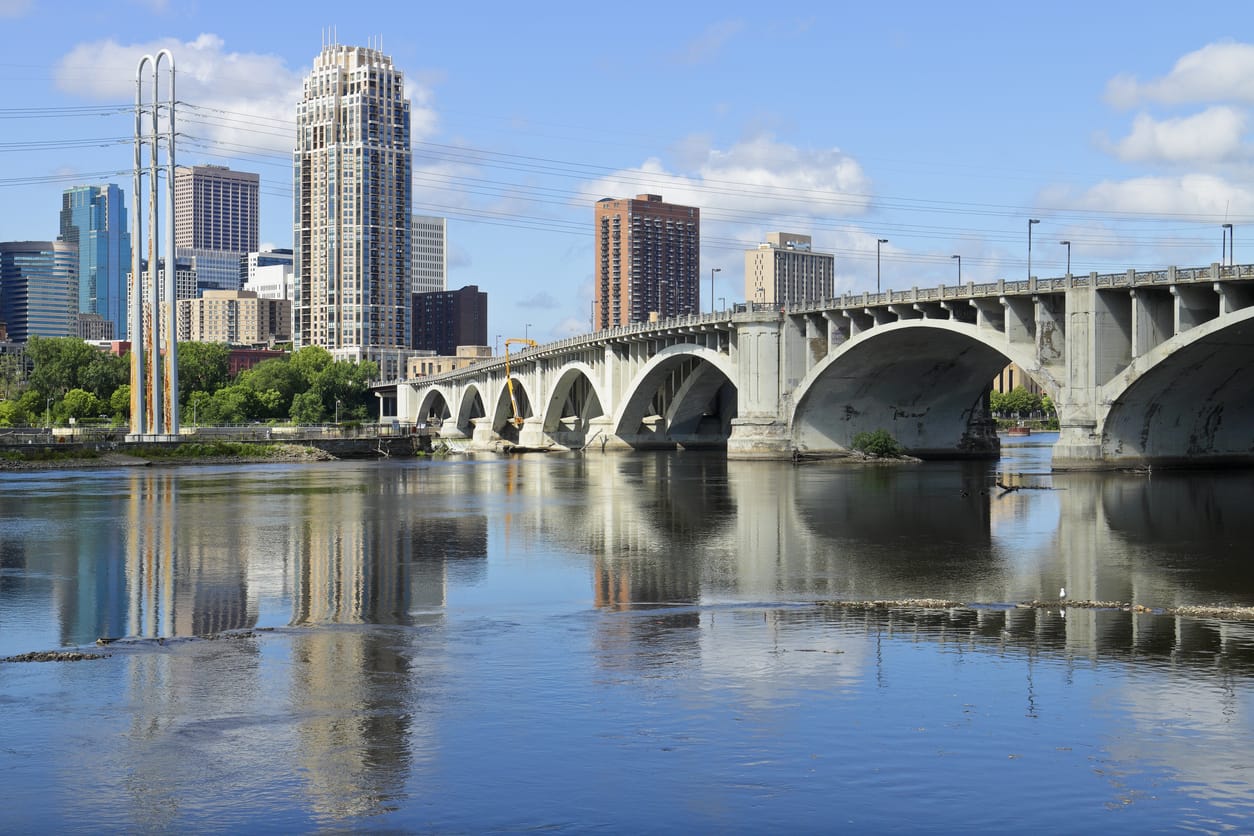Shipping from the State of Mississippi to Oklahoma
The Magnolia State of Mississippi joined the Union as the 20th state in 1817 and gets its name from the Mississippi River, which forms its western border. Early inhabitants of the area that became Mississippi included the Choctaw, Natchez and Chickasaw. Spanish explorers arrived in the region in 1540 but it was the French who established the first permanent settlement in present-day Mississippi in 1699.

During the first half of the 19th century, Mississippi was the top cotton producer in the United States, and owners of large plantations depended on the labor of black slaves. Mississippi seceded from the Union in 1861 and suffered greatly during the American Civil War. Despite the abolition of slavery, racial discrimination endured in Mississippi, and the state was a battleground of the Civil Rights Movement in the mid-20th century. In the early 21st century, Mississippi ranked among America’s poorest states.
The state capital is Jackson and it takes the state motto-Virtute et armis (“By valor and arms”).
Shipping to the State of Mississippi to Oklahoma
The land that today composes Oklahoma was added to the USA as part of the Louisiana Purchase of 1803. Throughout the 19th century, the U.S. government relocated Indian tribes from the southeastern United States to the area, and by 1900, over 30 Indian tribes had been transferred to what was originally called the Indian Territories. At the same time, ranchers in Texas started to relocate into the area searching for new pasture lands, as well as the government at some point opened the land to settlement, creating “land runs” in which inhabitants were enabled to go across the border at a specific hr to insurance claim homesteads.

Settlers that broke the law as well as crossed the boundary faster than enabled were called “Sooners,” which ultimately came to be the state’s nickname. Oklahoma ended up being the 46th state in 1907, complying with numerous acts that incorporated an increasing number of Indian tribal lands into the UNITED STATE area. After its inclusion in the union, Oklahoma ended up being a center for oil manufacturing, with much of the state’s early development coming from that industry. Throughout the 1930s, Oklahoma experienced droughts as well as high winds, ruining numerous ranches and developing the well-known dust bowl of the Great Clinical depression era.
